News & Views, Volume 44 | Weld Overlay Repair Mitigates Thermal Fatigue Flaw Growth
By: David Segletes
A circumferential flaw in a 14-inch diameter 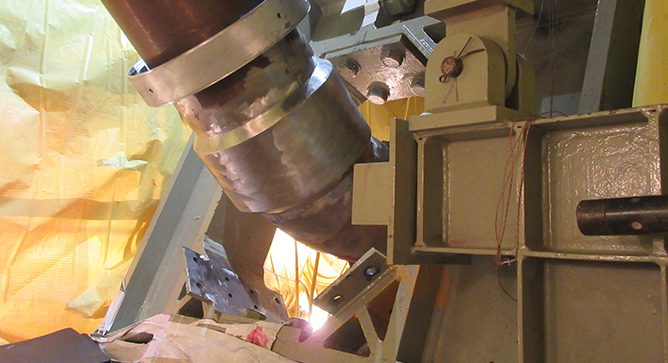
By: David Segletes
A circumferential flaw in a 14-inch diameter 
By: Andrew Crompton and Mark Jaeger
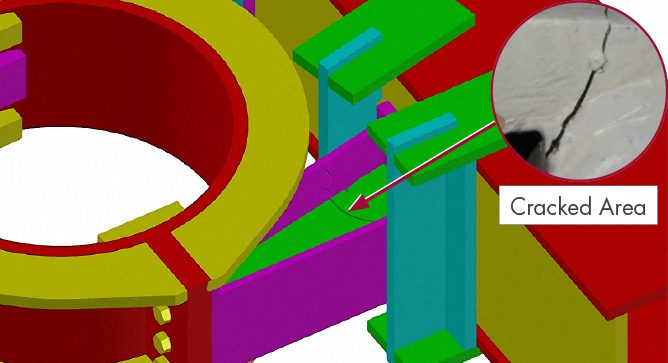
By: Terry Herrmann
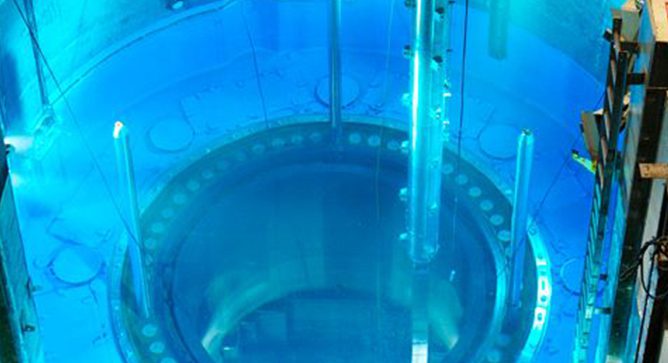
By: Ed Dougherty and Al Jarvis
for Bottom Tubesheet Filter/Demineralizers Initial Installation and Performance at Browns Ferry Nuclear Statio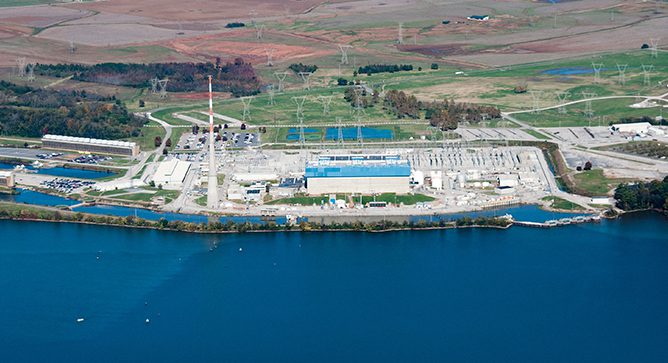
Each BFNS unit is currently designed with ten bottom tubesheet condensate filter/demineralizers (CF/Ds) in the condensate treatment system that require an application of a powdered resin precoat to perform the function of demineralization. The precoat material is applied as an overlay on top of vertical filter septa. The filter septa have an inner pleated area, and with a precoat overlay, perform the function of demineralization as well as particulate iron removal. In the absence of circulating water leakage into the condenser, the primary function of the CF/Ds is to remove particulate iron that collects in the condenser hotwell. The iron source is from the corrosion of carbon steel piping and components in contact with main steam and heater drain systems.
By: Jen Jarvis and Al Jarvis
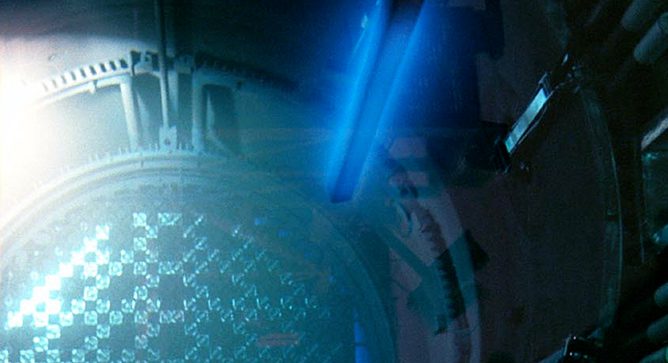
Radiation source term assessments are performed to understand the causes of high collective radiation exposure and to help plants evaluate their strategies for source term reduction. This involves understanding how a plant’s material choices and chemistry and operational history influence the radiation fields that develop in the plant systems. Consequently, a source term evaluation is very plant-specific, but can help a plant identify which strategies may be most effective for their specific situation.
By: Terry Herrmann
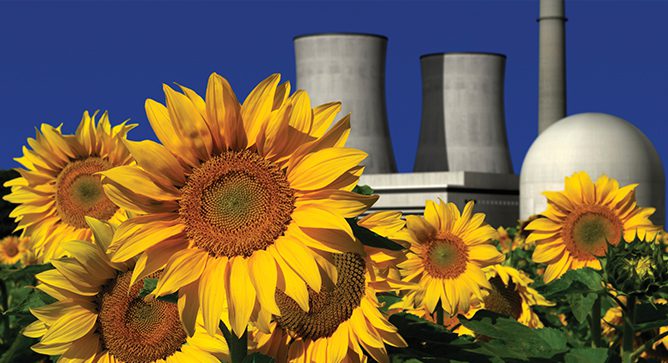
10CFR50.69’ Risk Informed Engineering Programs (RIEP) is a regulation that enhances safety and provides the potential for large cost savings. This regulation allows plant owners to place systems, structures and components (SSCs) into one of the four risk-informed safety class (RISC) categories as indicated in the graphic to the right.
Industry experience to date suggests that 75 percent of safety-related SSCs can be categorized as RISC-3, low safety-significant (LSS), based on low risk. This is important because (a) it provides a focus on safety significance and (b) RISC-3 SSCs are exempted from “special treatment” requirements imposed by 10CFR50 Appendix B and other regulatory requirements (shown in the boxes at the bottom of page).
SIGN UP FOR OUR NEWSLETTER
*Join the conversation. Sign up to receive emails, events, and latest information!
1-877-4SI-POWER
(1-877-474-7693)
This site uses cookies. By continuing to browse the site, you are agreeing to our use of cookies.
OKLearn MoreWe may request cookies to be set on your device. We use cookies to let us know when you visit our websites, how you interact with us, to enrich your user experience, and to customize your relationship with our website.
Click on the different category headings to find out more. You can also change some of your preferences. Note that blocking some types of cookies may impact your experience on our websites and the services we are able to offer.
These cookies are strictly necessary to provide you with services available through our website and to use some of its features.
Because these cookies are strictly necessary to deliver the website, refusing them will have impact how our site functions. You always can block or delete cookies by changing your browser settings and force blocking all cookies on this website. But this will always prompt you to accept/refuse cookies when revisiting our site.
We fully respect if you want to refuse cookies but to avoid asking you again and again kindly allow us to store a cookie for that. You are free to opt out any time or opt in for other cookies to get a better experience. If you refuse cookies we will remove all set cookies in our domain.
We provide you with a list of stored cookies on your computer in our domain so you can check what we stored. Due to security reasons we are not able to show or modify cookies from other domains. You can check these in your browser security settings.
These cookies collect information that is used either in aggregate form to help us understand how our website is being used or how effective our marketing campaigns are, or to help us customize our website and application for you in order to enhance your experience.
If you do not want that we track your visit to our site you can disable tracking in your browser here:
We also use different external services like Google Webfonts, Google Maps, and external Video providers. Since these providers may collect personal data like your IP address we allow you to block them here. Please be aware that this might heavily reduce the functionality and appearance of our site. Changes will take effect once you reload the page.
Google Webfont Settings:
Google Map Settings:
Google reCaptcha Settings:
Vimeo and Youtube video embeds:
The following cookies are also needed - You can choose if you want to allow them:
You can read about our cookies and privacy settings in detail on our Privacy Policy Page.
